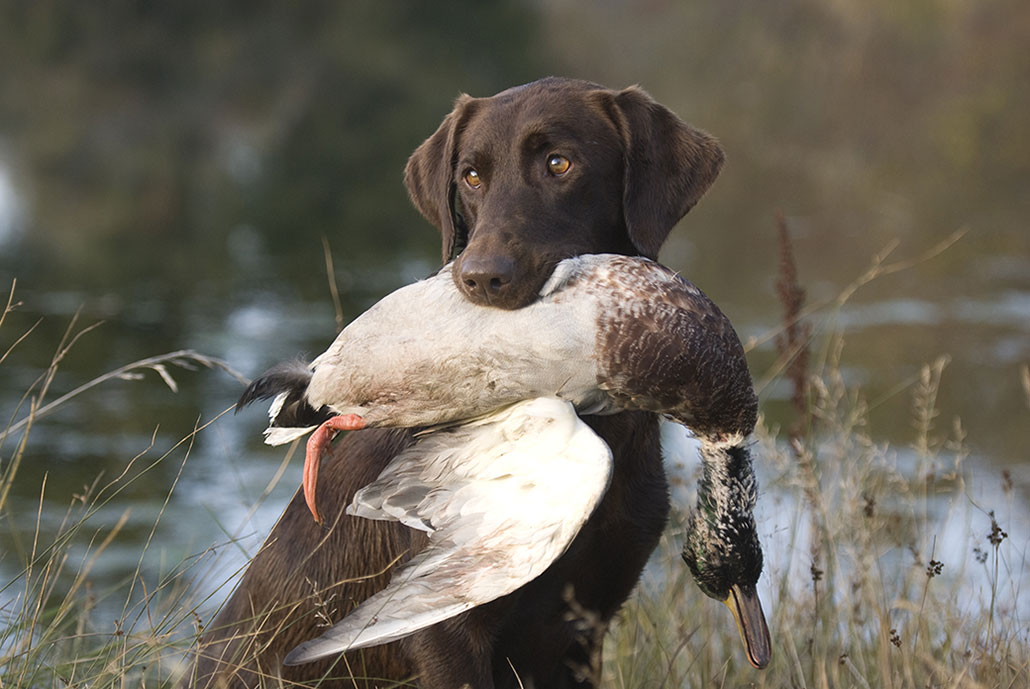Can furry pets get H5N1 bird flu and spread it to us?

House cats are getting — and dying of — bird flu. That’s been sparking worries about what risk an ongoing 2024 outbreak of this H5N1 virus poses for furry pets and their owners.
Kristen Coleman and Ian Bemis are airborne-viral-disease researchers at the University of Maryland in College Park. They recently surveyed hundreds of scientific reports since 2004 that mentioned bird flu in cats.
Scientists Say: Outbreak, Epidemic and Pandemic
In all, they turned up 486 infections in cats. These included 249 deaths. Most showed up in the past few years. The new H5N1 variant “accounted for 112 of the reported feline cases and 75 deaths,” they note. That suggests a death rate of 67 percent. The two shared these data, which have not yet been peer reviewed, on medRxiv in May 2024.
Their data are consistent with what university researchers in Iowa and Texas turned up in one study of dairy farms with infected cows. There, some cats that had been drinking unpasteurized cow’s milk (which can host live virus) died of flu-like symptoms.
One North Texas farm had around 24 house cats. There, more than half sickened and died. Their flu symptoms showed up within a day of when some of the farm’s cows developed signs of flu. Tissue analyses of two of the dead cats confirmed they were infected with H5N1.
Most of the cats were known to have lapped up raw milk. It’s also possible they might have picked up the virus from infected cows or from eating infected birds. But the cows probably got sick from eating feed that birds pooped on. A large team of university researchers from Iowa, Texas and Kansas shared this conclusion in the July issue of Emerging Infectious Diseases.
The virus has been found in house mice, too, which cats often prey on. So there could be other ways pet cats might get infected.
Look for signs of illness
In mammals, bird flu typically causes respiratory symptoms. These could be congestion or shortness of breath. Some also show neural symptoms. These could include seizures or paralysis. That’s also one clue that the virus may have reached the brain. And once it does, an animal may die.
In the ongoing H5N1 outbreak, such infections have been confirmed in house cats, raccoons, sea lions, dolphins and several other species — but only after they died.
In 2024, bird flu posed big risks — and to far more than birds
So worried pet owners should watch for respiratory and neural symptoms. If your cat seems to have trouble breathing or is acting unusual, consider taking it to the vet. A few cats with the current H5N1 strain also reportedly went blind.
Research shows that H5N1 and its close relatives have an easier path to the brain than other flu strains, says virologist Emmie de Wit. She works at the National Institutes of Health’s Rocky Mountain Laboratories in Hamilton, Mont. H5N1 is really good at making copies of itself inside a variety of cells, including nerve cells.
In fact, nerve cells and many other kinds of cells have additional proteins that allow H5 viruses to replicate. These include cells that link directly to the brain, such as those in the olfactory bulb (important to the sense of smell). Both of those traits mean “there’s a direct entry route [to the brain] from your nose,” de Wit says.
So these avian flu viruses may pose a bigger threat to the brain, she says, than seasonal flu.
Dogs can catch bird flu, especially those that may have contact with waterfowl. Still, to date they seem less likely than cats to become sickened by that infection.kdgeisler/iStock/Getty Images Plus
What about pooch?
H5N1 can infect dogs, too. These pets, however, seem better able than cats to survive this bird flu.
For instance, one June study tested the blood from 194 dogs that hunt waterfowl. Since so many seabirds had gotten this type of flu, these dogs would seem at highest risk, the researchers reasoned. Among these dogs, only four showed antibodies to H5N1. These four had been active bird hunters and retrieved a lot of waterfowl (some of which had this flu).
None of these dogs showed symptoms of disease. Nor did any signs of dog-to-dog spread emerge. As such, the H5N1 now moving through birds is “poorly adapted to dogs,” the researchers concluded in Emerging Infectious Diseases.
Other small mammal pets, especially ferrets or mink, can also get this bird flu.
There’s no sign, however, that this bird flu has morphed yet into a type that can easily pass between people, the CDC reported on May 24. Most people infected this year with H5N1 had been in close contact with poultry or cattle.
But having bird flu show up in house cats might give the virus an easier route for infecting people. After all, people don’t usually cuddle up to chickens and cows the way they do with kitties.
Do you have a science question? We can help!
Submit your question here, and we might answer it an upcoming issue of Science News Explores
Welcome to Billionaire Club Co LLC, your gateway to a brand-new social media experience! Sign up today and dive into over 10,000 fresh daily articles and videos curated just for your enjoyment. Enjoy the ad free experience, unlimited content interactions, and get that coveted blue check verification—all for just $1 a month!
Account Frozen
Your account is frozen. You can still view content but cannot interact with it.
Please go to your settings to update your account status.
Open Profile Settings